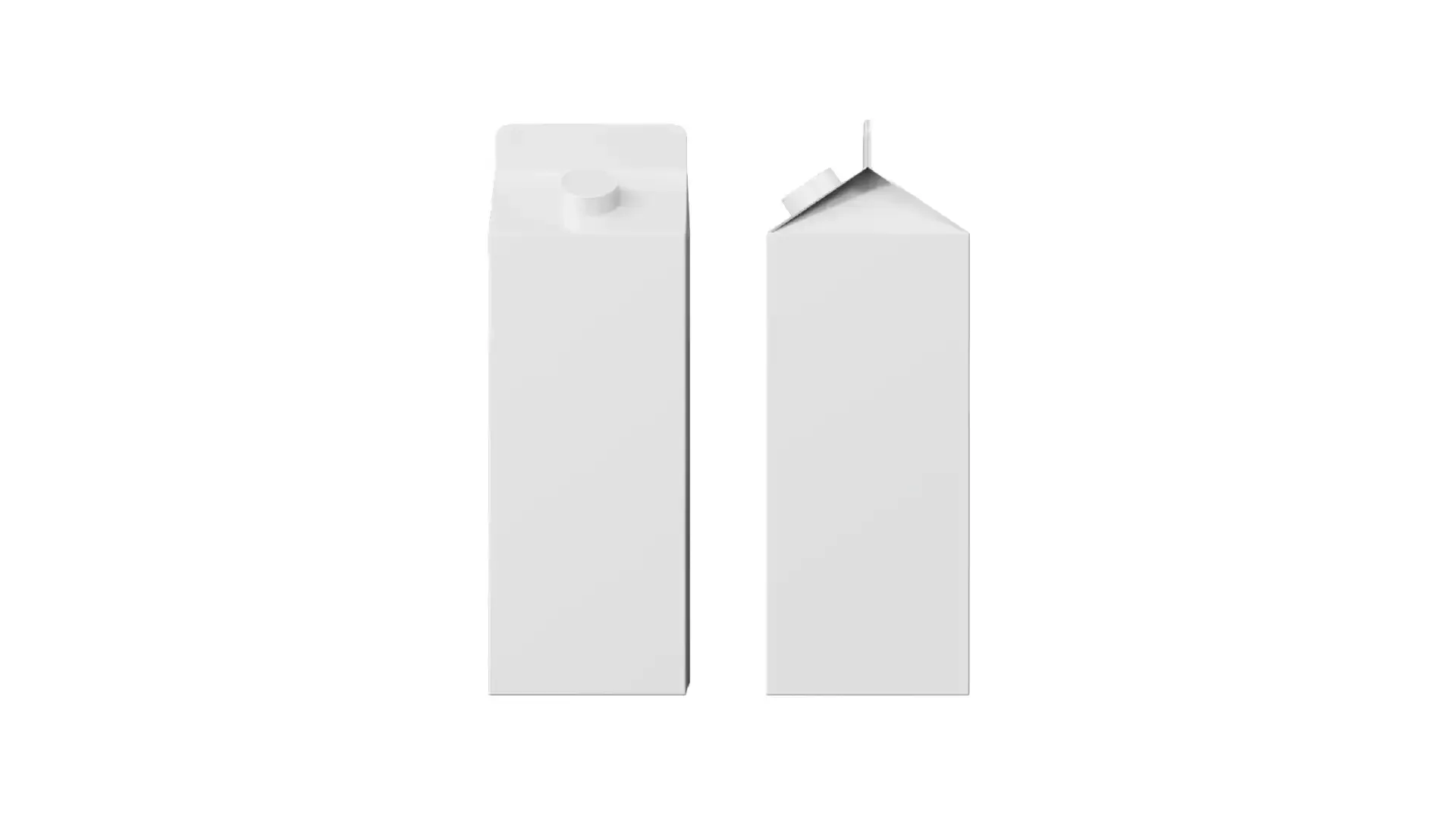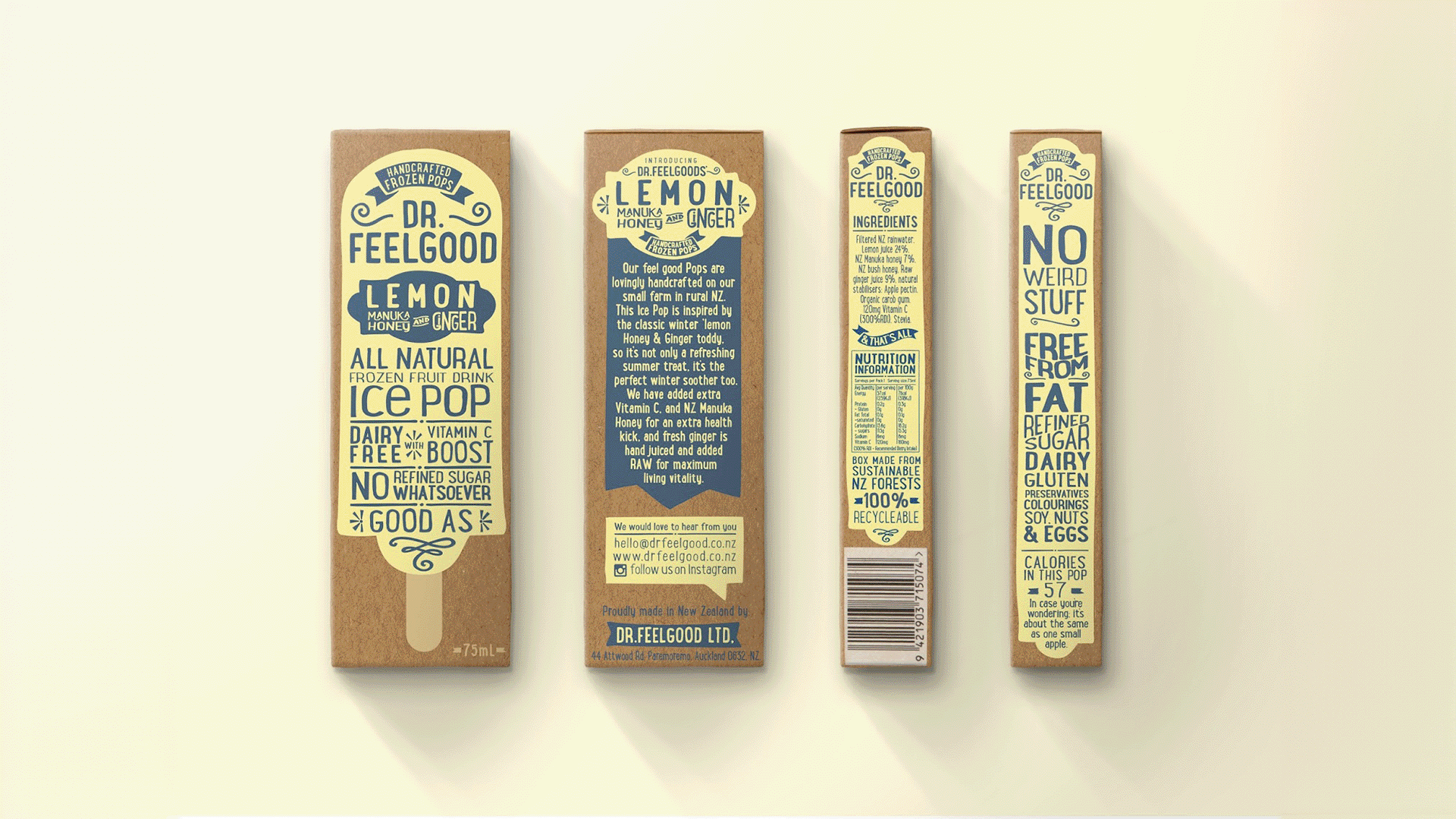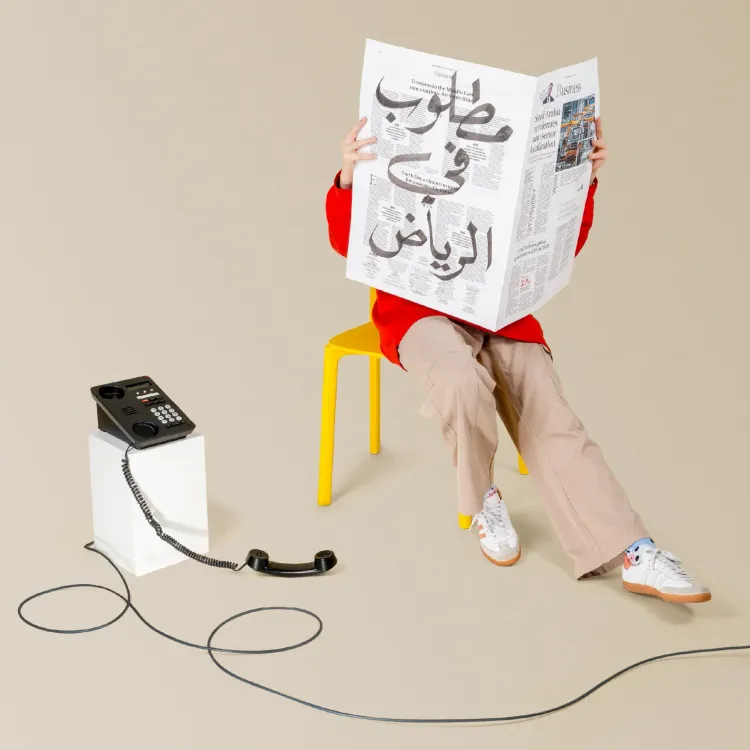The Silent Salesman
Share

In a world where first impressions matter, packaging design plays a pivotal role in influencing our purchasing decisions. Picture this: you walk into a gym, and there stands a person wearing a tuxedo suit. Now, imagine yourself attending a business meeting while donning shorts. Similar to these scenarios, packaging design has a profound impact on how consumers perceive a product. It is crucial to take the right direction and position your product effectively. A casual packaging design won't do justice to a high-end product, just as a premium design won't sell a bag of chips worth 2 SAR.
Packaging design serves as a silent communicator, captivating your target audience and convincing them of your product's value even before social media and advertising come into play. By investing in compelling packaging design, you can create a strong visual identity, build brand recognition, and establish an emotional connection with consumers.

Rules for Successful Packaging By Peter Vukovic
Packaging design acts as the silent salesman, enticing consumers to make a purchase without uttering a word. It has the ability to captivate attention, convey value, and communicate vital information about the product. To achieve a successful packaging, it is essential to follow a set of rules that ensure its effectiveness:
- Choosing the Right Design Direction:
When creating a unique packaging design, there are six design directions to consider. Selecting the appropriate design direction is critical, as it should align with the brand positioning, product type, price range, target audience, and market. Each direction evokes a distinct emotion and caters to specific consumer preferences. A) Luxurious: Elegant, refined, premium, upscale, sophisticated. B) Bold: Bright, colorful, eye-catching, unafraid, adventurous, fearless. C) Charming: Adorable, playful, fun, cute, clever, amusing, cheerful, personality-driven, witty. D) Crisp: Clean, contemporary, geometric, simple, sleek, stylish, minimal and tidy. E) Nostalgic: Vintage, classic, retro, antique, old-fashioned, reminiscent. F) Casual: Practical, honest, relaxed, straightforward, humble. - Honesty:
With consumers becoming increasingly conscious about their purchases, transparency and honesty are paramount. People desire to know everything about a brand, including its ingredients, production methods, and purpose. By providing clear and accurate information on the packaging, brands can build trust and establish a positive reputation. - Clarity & Simplicity:
Effective packaging design should answer fundamental questions effortlessly: What is the brand? What is the product? Who is the product for? How much does it cost? Clarity and simplicity in design elements, typography, and messaging help consumers quickly identify and understand the product, enhancing their purchasing experience. - Authenticity:
Great brands and packaging designs embody originality, character, and memorability. It is crucial to ensure that your packaging doesn't resemble an existing brand, leading to confusion among consumers and potentially impacting your brand equity. Strive to be unique and memorable to stand out from the competition. - Extensibility:
Consider the future growth and expansion of your product line when designing packaging. Creating a flexible system that allows for the introduction of new line extensions easily ensures brand consistency and recognition across the product range. - Practicality:
Packaging design extends beyond labels and wrappers; it must also consider the shape, size, and functionality of the product package. Practicality enhances the overall user experience, making the product more convenient to use and store.

Packaging design plays a vital role in shaping consumer perceptions and influencing purchasing decisions. The silent salesman aspect of packaging design allows brands to communicate their value and appeal without uttering a word. By understanding and implementing the essential rules of packaging design, such as choosing the right design direction, embracing honesty and transparency, ensuring clarity and simplicity, nurturing authenticity, planning for extensibility, and prioritizing practicality, businesses can create packaging that speaks volumes and drives success in the market.
Remember, packaging design is not just a means of wrapping a product; it is an opportunity to captivate hearts and minds, leaving a lasting impression on consumers and driving business growth.
Reference 1, Reference 2, Reference 3, Reference 4, Reference 5, Reference 6, Reference 7, Reference 8, Reference 9.



